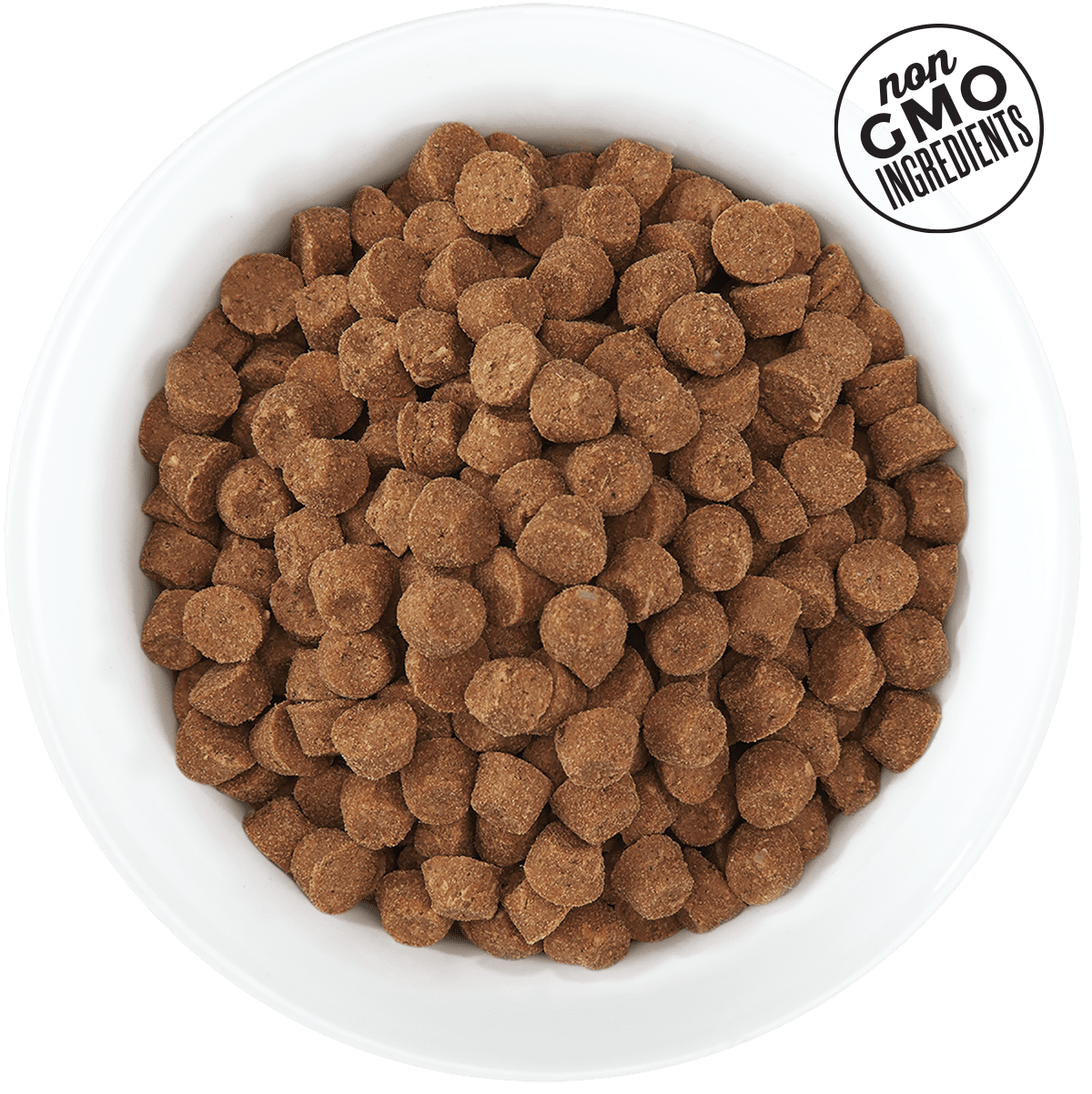BJ255 Insights
Exploring the latest trends and news in various fields.
What's Really in Your Pet's Bowl?
Discover the shocking truth about what's really in your pet's bowl! Uncover hidden ingredients for a healthier, happier pet!
Unpacking Pet Food Labels: What You Really Need to Know
When it comes to choosing the best pet food for your furry friends, understanding pet food labels is essential. These labels are packed with information that can help you make informed decisions about what you feed your pets. Look for key components such as ingredient lists, which are typically listed in descending order by weight, and crucial nutritional information like the guaranteed analysis, which indicates the levels of protein, fat, fiber, and moisture. Websites like AAFCO provide guidelines on nutritional requirements for pet food, helping consumers understand what to look for when reading labels.
Moreover, it's vital to distinguish between terms like 'natural,' 'holistic,' and 'grain-free,' as these can often be misleading. The National Animal Supplement Council offers insights into various claims made by pet food manufacturers. For example, while 'grain-free' may seem healthy, it could lead to nutritional deficiencies if not balanced properly. Always consult reputable sources and consider your pet's specific health needs when deciphering these labels. For a comprehensive overview, the Pet Food Insider is a great resource for understanding what really goes into your pet's food.

The Truth About Common Ingredients in Your Pet's Bowl
Many pet owners are unaware of the common ingredients in their pet's bowl, which can significantly impact their pet's health. For instance, ingredients like meat by-products and fillers such as corn and soy are commonly found in many popular pet foods. These fillers may contribute little to your pet's nutrition and could lead to allergies or sensitivities over time. Moreover, always check for artificial preservatives and flavors, which can have negative side effects. Prioritizing whole, recognizable ingredients can make a world of difference in your pet's diet.
Another often overlooked aspect of pet food is the protein source. Many brands rely heavily on plant proteins, which might not provide the complete amino acid profile your pet needs. Instead, opt for foods that list a high-quality animal protein as the first ingredient, such as chicken or beef. According to the PetMD, it's essential to understand the labels to ensure your pet is receiving a balanced diet. Additionally, beware of vague terms like 'meat meal'; looking for specific sources like 'chicken meal' or 'lamb meal' will ensure your pet gets the nutrients they require for a healthy, active life.
Is Your Pet’s Food Safe? Common Contaminants You Should Watch For
Ensuring your pet's food is safe is crucial for their health and well-being. Common contaminants can lurk in everyday pet foods, posing serious risks to your furry friends. Some of the most prevalent offenders include unapproved ingredients, pathogens like Salmonella and E. coli, and harmful additives. Regularly checking for recalls and staying informed about the latest safety alerts can help protect your pet from these hidden dangers.
In addition to pathogens, pet food can also be contaminated by mycotoxins, which are toxic compounds produced by mold, often found in grains and other ingredients used in pet food. To minimize risks, look for brands that adhere to high safety standards and conduct thorough testing on their products. Remember, if you notice any changes in your pet’s behavior or health after switching foods, consult your veterinarian promptly. Keeping your pet’s diet safe is not just about the ingredients but also about staying vigilant about potential contaminants.